Inside The New York Botanical Garden
Posted in Photography on December 24 2011, by Ann Rafalko
Sure, we realize that these little bell-shaped flowers are purple, but silver really isn’t a color you see terribly frequently in nature. Regardless, it will soon be Christmas day!
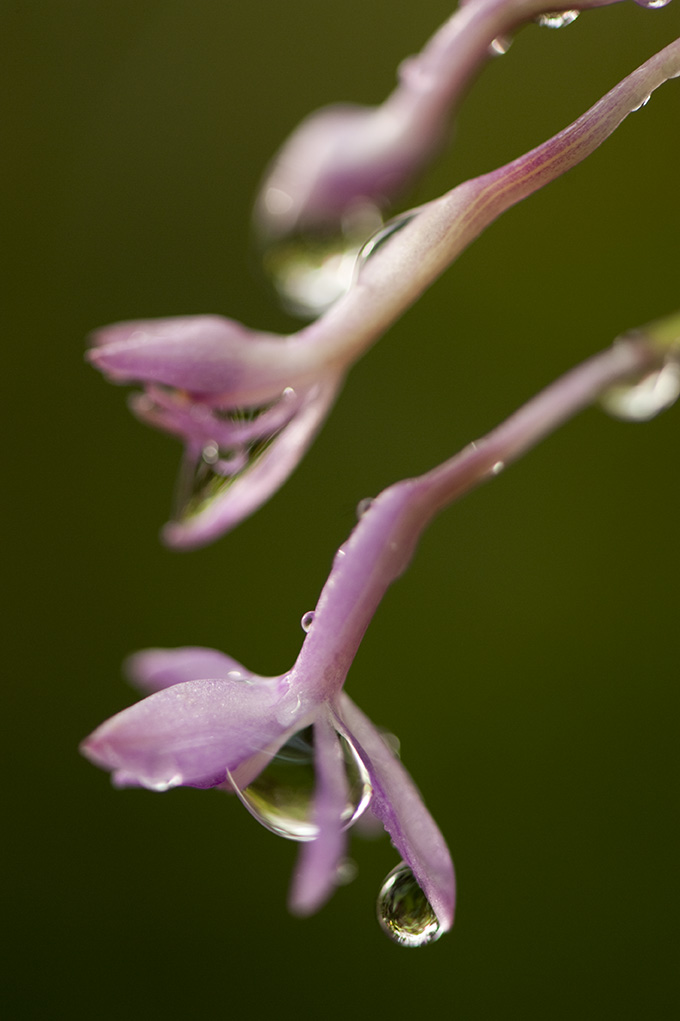
Photo by Ivo M. Vermeulen
Posted in Photography on December 23 2011, by Ann Rafalko
In the depths of winter, sometimes all I want to do is hunker down in a warm place and read poetry. In February 2011, I took refuge in one particular poem by William Carlos Williams, that helped me find new beauty in the Garden’s winter landscape.
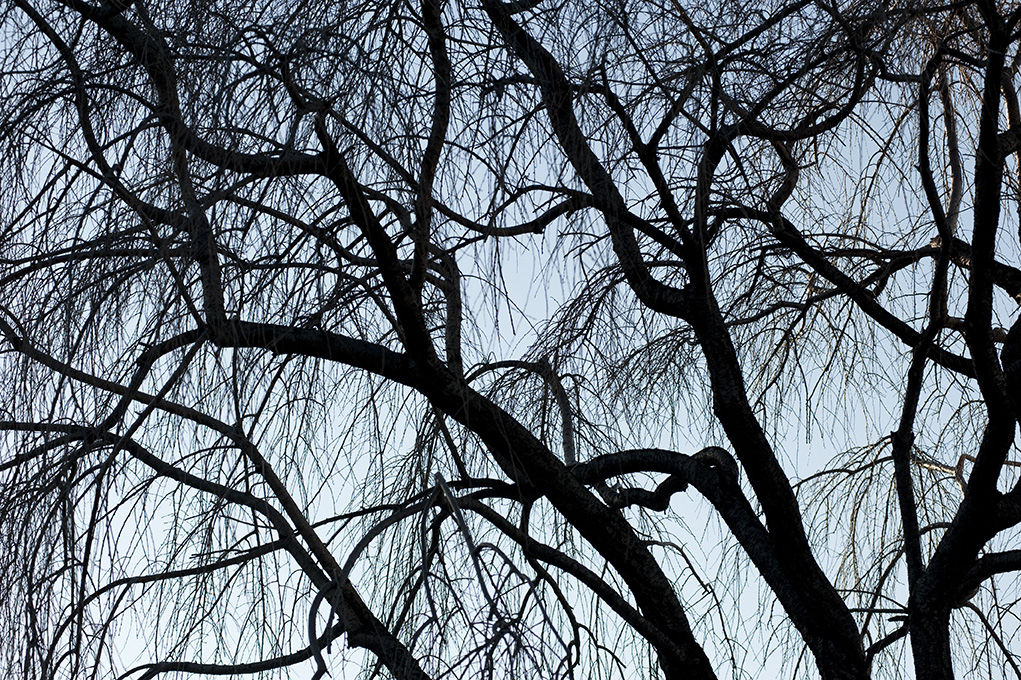
The Disattired Trees
Read More
Posted in Holiday Train Show on December 23 2011, by Matt Newman
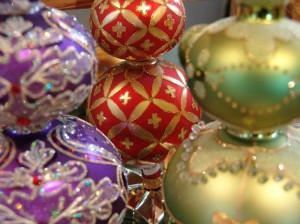 Can you believe the Christmas weekend is already at our doorstep, and Hanukkah well underway? Before you can bat an eye, you’ll be up to your ears in New Year’s party planning while trying to decide on your resolutions for 2012 (as shaky as they always turn out in practice).
Can you believe the Christmas weekend is already at our doorstep, and Hanukkah well underway? Before you can bat an eye, you’ll be up to your ears in New Year’s party planning while trying to decide on your resolutions for 2012 (as shaky as they always turn out in practice).
But let’s not get ahead of ourselves! If you’re in search of a way to entertain the in-laws and maybe a place to knock out those last few items on your all-too-lengthy gift list (nothing to be ashamed of; I’m so far behind on my shopping I’m thinking of giving everyone scratch-offs), there are still a few chances to catch the Holiday Train Show before Sunday.
Read More
Posted in Photography on December 23 2011, by Ann Rafalko
And now that we have turned the corner on the shortest day of the year and are in the midst of the Festival of Lights, all seems a little brighter, too.
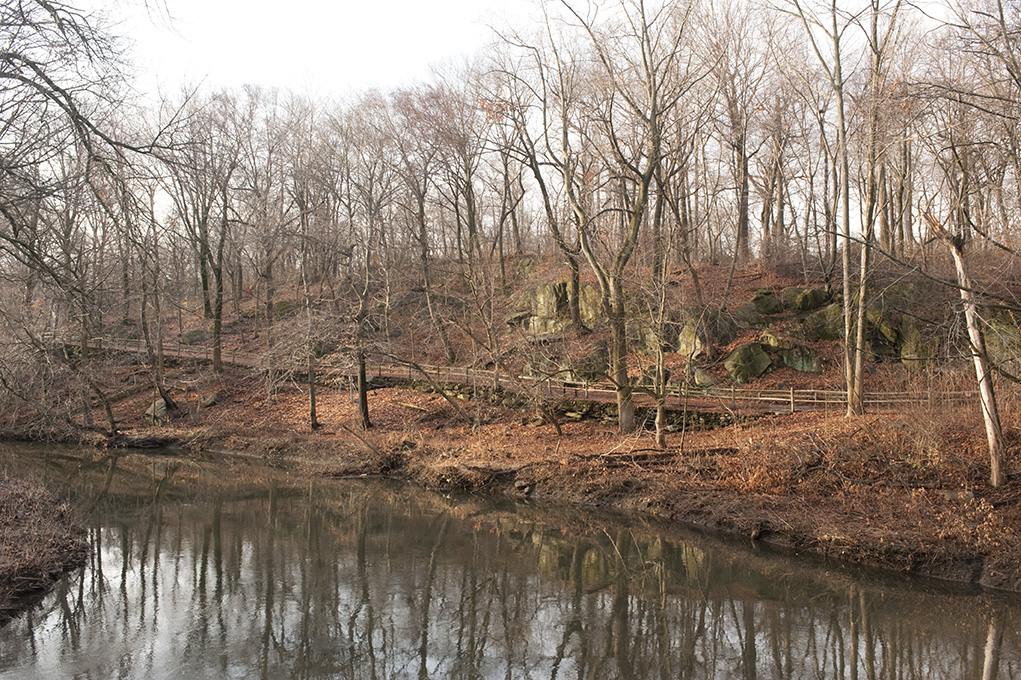
Bronx River and the Forest (photo by Ivo M. Vermeulen)
Though I’m no longer holding my breath for a white Christmas, I’m not bummed, because that just means more lunchtime walks in the Forest!
Posted in Photography on December 22 2011, by Ann Rafalko
January 2011 was all about snow. It snowed and snowed, and snowed again, turning the Garden into a winter wonderland.
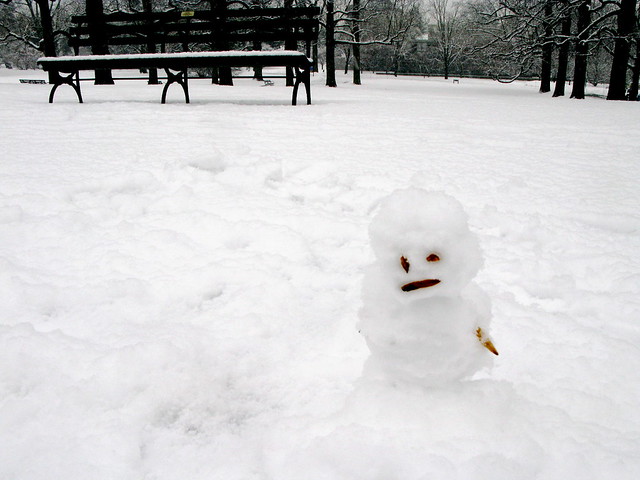
It’s Snow Pretty
Read More
Posted in Around the Garden on December 22 2011, by Matt Newman
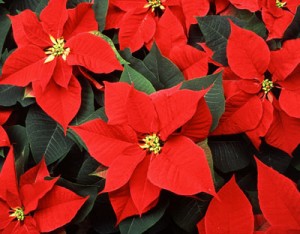 You probably run into them nearly every day. Hardware stores, supermarkets, pharmacies–almost anytime you step out the door to run an errand this time of year, you’ll see them lined up somewhere in the store. But the red velour leaves of the poinsettia weren’t always the face of December decoration they are today.
You probably run into them nearly every day. Hardware stores, supermarkets, pharmacies–almost anytime you step out the door to run an errand this time of year, you’ll see them lined up somewhere in the store. But the red velour leaves of the poinsettia weren’t always the face of December decoration they are today.
What’s the real story behind this ubiquitous holiday annual? I found myself mulling it over after someone told me about its deadly toxicity, a rumor that’s fed the newsmill with tales of poisoned pets and children for decades. The “fatal secret” belied by the innocent potted plant at the cash register, wrapped in cheery cellophane. Could such pleasant foliage be so dastardly?
Read More
Posted in Around the Garden, Photography on December 22 2011, by Matt Newman
Two’s company, three’s a crowd.
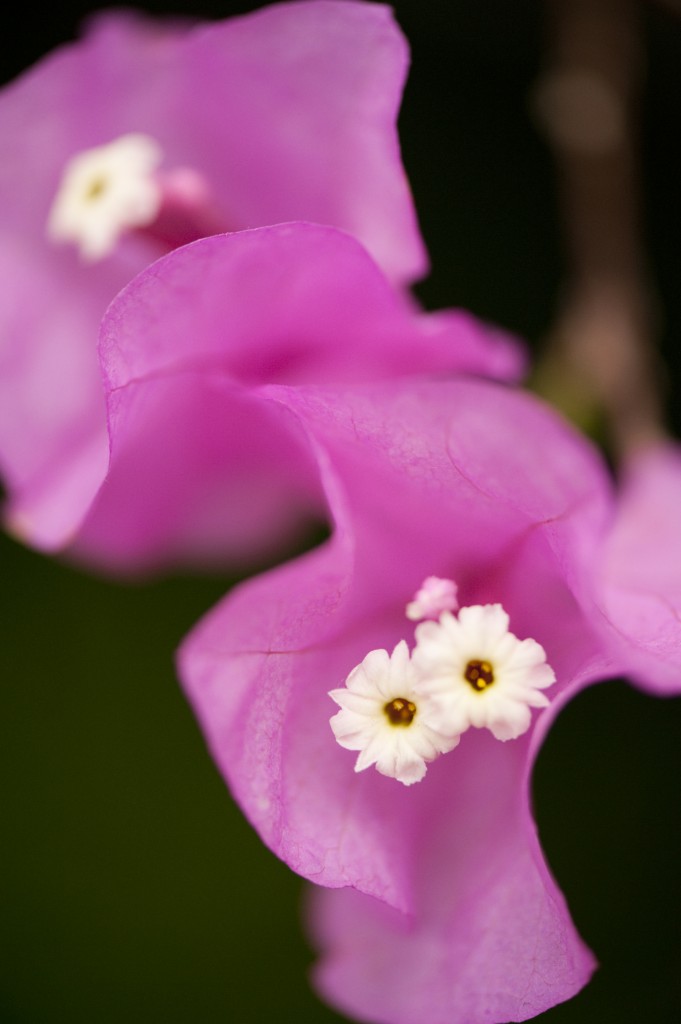
Bougainvillea ‘James Walker’ — Photo by Ivo M. Vermeulen
Posted in Around the Garden, Gardens and Collections, What's Beautiful Now on December 21 2011, by Joyce Newman
Joyce H. Newman is the editor of Consumer Reports’ GreenerChoices.org, and has been a Garden Tour Guide with The New York Botanical Garden for the past six years.
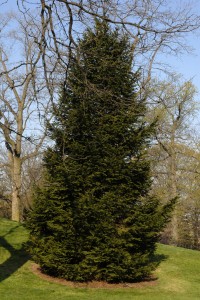 In front of our Visitor Center Café is an amazing specimen of Norway spruce (Picea abies), a species often known for its annual appearance as the Rockefeller Center Christmas Tree.
In front of our Visitor Center Café is an amazing specimen of Norway spruce (Picea abies), a species often known for its annual appearance as the Rockefeller Center Christmas Tree.
Our Norway spruce is part of the Arthur and Janet Ross Conifer Arboretum at the NYBG and was planted around 1940. Its medium to dark green needles are four-sided, resting on branches that gracefully droop down, designed to be flexible in a heavy snowfall.
Norway spruces can grow to as high as 90 or 100 feet, with a lifespan similar to that of a human being. They are native to the mountains and foothills of Northern Europe rather than the U.S., although they have become popular screening plants here. They grow just about one foot each year, which is considered fairly quick.
Read More
Posted in Around the Garden on December 20 2011, by Marc Hachadourian
Marc Hachadourian is the Manager of The New York Botanical Garden’s Nolen Greenhouses for Living Collections, a staging area for plants for all of our gardens, yearly exhibitions, and events.
Walk through the Enid A. Haupt Conservatory and you may come upon a peculiar chandelier of a plant, with a vine spiraling right up to the roof and clusters of flowers dangling from it like upturned flamingo bills. You can’t miss the rings of vibrant, coral-red blooms.
Read More
Posted in Photography on December 20 2011, by Ann Rafalko
Before you can learn the trees, you have to learn
The language of the trees. That’s done indoors,
Out of a book, which now you think of it
Is one of the transformations of a tree.
Learning the Trees ~ Howard Nemerov
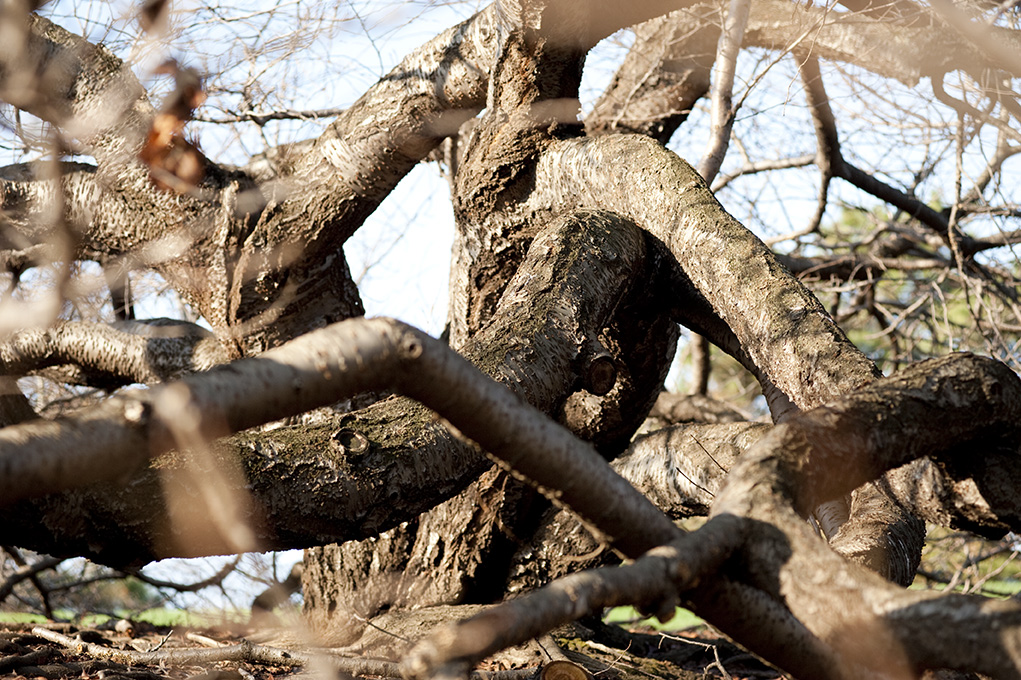
The Language of the Trees (photo by Ivo M. Vermeulen)









